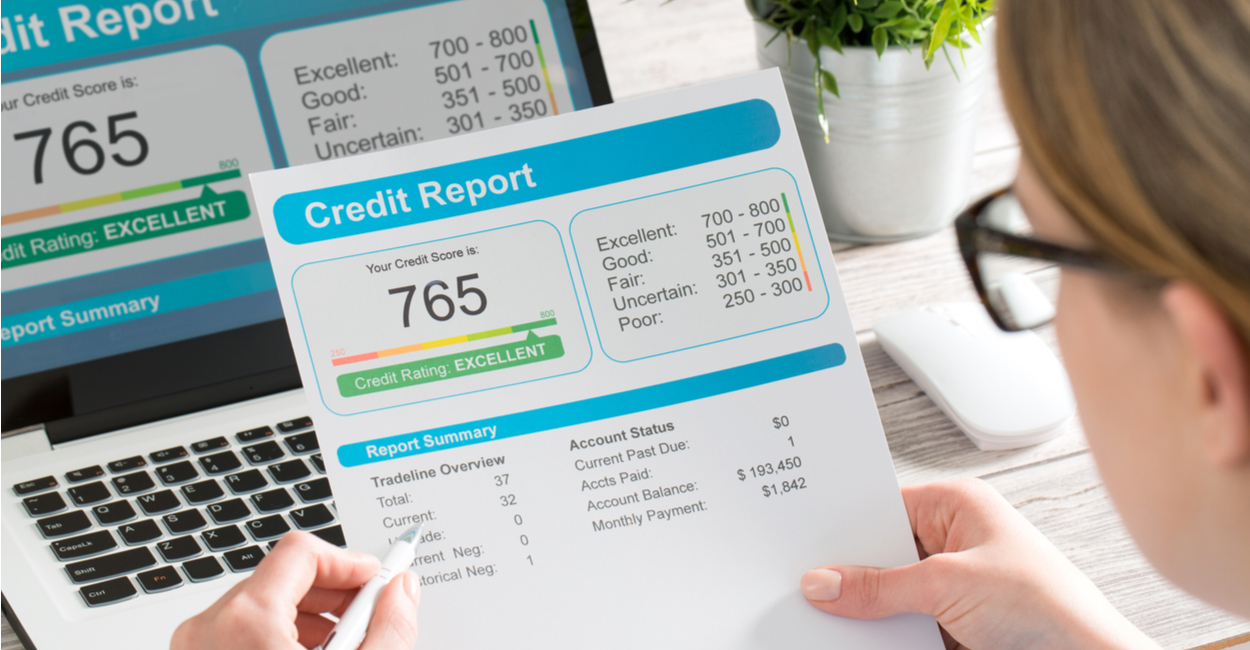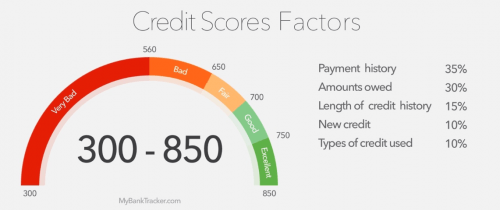
Your credit score can be viewed online if your credit history is less than six months. This information is provided by the three major credit bureaus as well as some third-party score providers. If your score is not showing up, it could be due to a technical glitch. This is normal, and you will not get penalized.
There are reasons you might not be able see your credit rating
There are a few reasons why you can't see your credit score. For starters, if you have recently paid off a loan, you may have received a hard inquiry on your report, which temporarily lowers your score. A shorter credit history can lead to a lower score when you pay off a loan. This is important as 10% of credit scores are based on your accounts' age. Therefore, paying off a loan may lower your score.
Another reason your credit score may not be visible to you is because you don't have enough information about your credit history. Because some lenders do not report account activity to all three credit agencies, the information on your credit report might not be correct. You may not have a score based on recent activity. Additionally, credit history may not be complete or up-to-date.

Technische glitches
Credit scores are used by lenders to determine whether a potential borrower is a good candidate for a loan. Sometimes technical problems can prevent lenders from accessing the data. Equifax, a multi-national consumer credit reporting agency, was the latest victim of a technical glitch. It caused increased interest rates to be applied for loans and denied applications. Despite its effects, the company corrected the problem.
This is not ideal but you should still contact your credit reporting company immediately to find out the details. In the last few years, there have been numerous data breaches by companies that have exposed consumer information. Equifax exposed the financial history of 150 million customers in one such breach. The company settled the case for $700,000,000 and provided four years of credit monitoring to all affected consumers, as well as $125 in cash. Equifax did not respond to Money's request for comment, but it does recommend that consumers check their credit reports regularly.
Although Equifax has fixed the initial glitch, the company could still be in trouble with the Consumer Financial Protection Bureau. The bureau is now investigating the three largest credit-reporting firms. Over three weeks, the glitch affected approximately 2.5 million people. Mortgage lenders usually view scores from all three organizations.
Credit bureau error
You can dispute any error in your credit reports. You can do so by contacting the bureau in question and providing more information. The bureau might not be able to resolve your dispute in all cases and it may report the matter on your credit history. However, if you are not happy with the bureau's decision, you can dispute it again by providing additional information.

Most errors won't impact your credit score. But they could limit your ability to get credit later. To avoid any more damage to your credit score, you can dispute any credit errors. It's easy and free, although it can take some time. You should notify the bureau immediately if inaccurate information is found on your credit report.
If the credit bureau won't fix the error, you can try to contact the data furnisher. This is the financial institution which provided the data to credit bureaus. This should be noted on your credit report. The data furnisher will have 30 days to investigate your claim. They must also remove any inaccurate information from your complaint if they discover it.